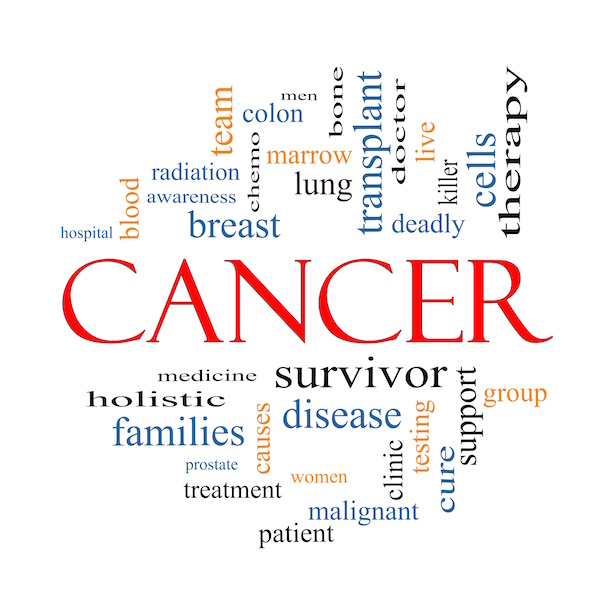
TUESDAY, July 24 (HealthDay News) — Black teens living in public housing communities are more than twice as likely to smoke as their peers in other U.S. communities, researchers have found.
The findings, published in the August issue of Addictive Behaviors, suggest that early interventions are needed to prevent young people in these communities from lighting up.
“Compared to their same-aged peers, youth living in public housing were more likely to use tobacco and have positive attitudes about using tobacco,” researcher Mansoo Yu, an assistant professor of social work and public health in the MU College of Human Environmental Sciences, said in a University of Missouri news release.
“As previous research suggests, early use of tobacco increases individuals’ chances of using more serious drugs later. In addition, early drug use is related to other serious problems, such as delinquent behaviors, and family and social problems,” Yu added.
In conducting the study, Yu and colleagues from the University of Illinois at Chicago, Boston College and the University of South Carolina asked 518 black teenagers living in public housing in three large U.S. cities about their attitudes on tobacco use, symptoms of depression and delinquent behaviors.
The study authors found that these teens were 2.3 times more likely to use tobacco than other black teens. The investigators pointed out that teens living in public housing may be more afraid, have poorer social relationships and more psychological strain, which could contribute to the higher rates of smoking.
“Smoking cessation programs for young African-Americans living in public housing communities should focus on reversing their positive attitudes toward tobacco use,” Yu said in the news release. “In addition, programs should help address the youths’ depressive symptoms and keep them from getting involved in delinquent behaviors.”
The researchers added that smoking prevention programs in public housing communities should target young children.
“Early interventions are critical for these individuals since the likelihood of being exposed to risky behaviors dramatically increases as the children age,” explained Yu. “In public housing communities, adolescents may have easier access to drugs and social activities where drugs are used.”
More information
The U.S. Centers for Disease Control and Prevention has more about young people and tobacco use.

